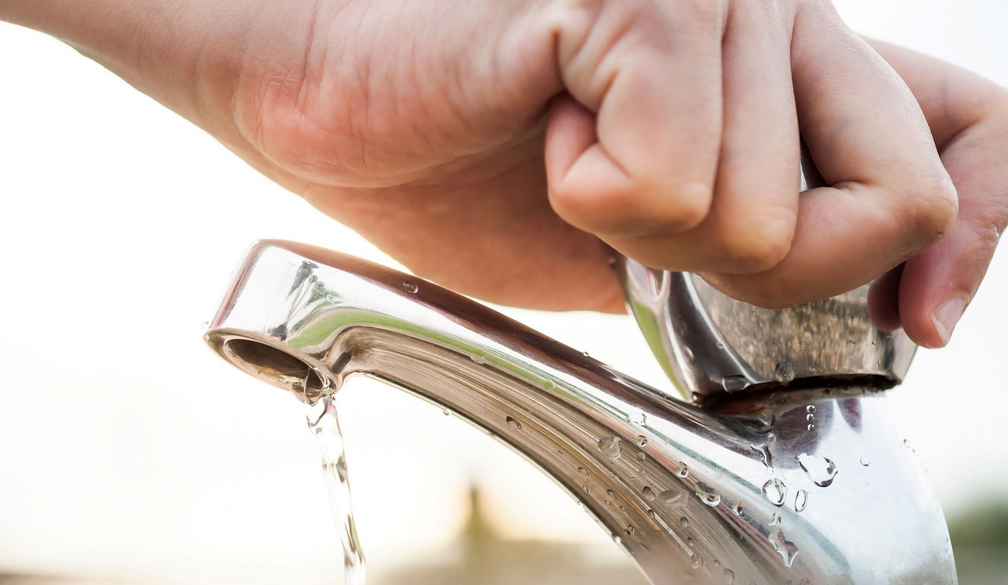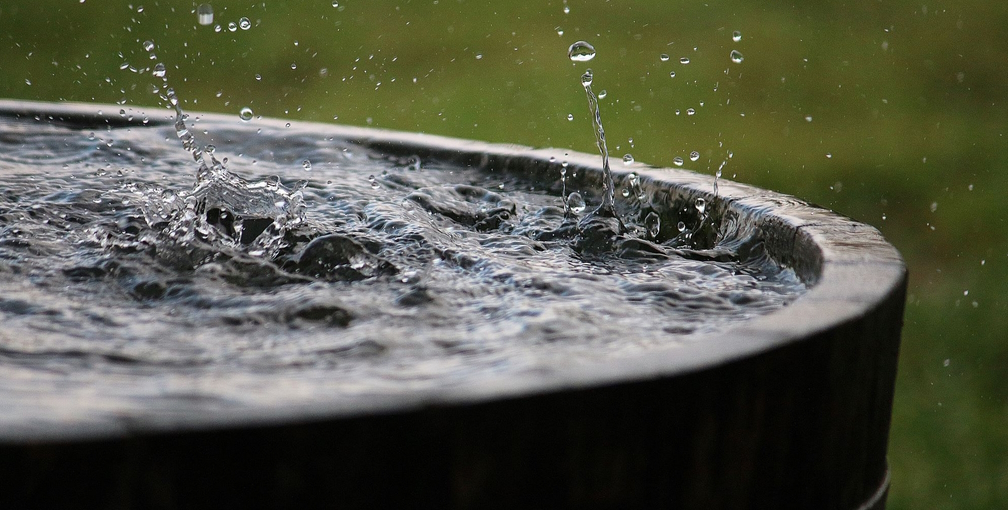4 Water Conservation Tips For Homeowners

Seventy-one percent of the Earth’s surface is covered in water, earning the nickname ‘the water planet.’ But did you know that less than 3% of these waters are suitable for human consumption? So, while water may seem abundant, it’s a finite source that keeps getting smaller yearly. In fact, water shortage is a global crisis today, with 1 in 10 people in the world lacking access to clean water.
Between the worsening pollution of bodies of water and the increasing population, water will most likely become scarce or depleted in the next few decades. To prevent this crisis, people should start utilizing this resource wisely. That said, homeowners must change their habits and proactively implement new ways to save water.
This article shares practical ways to help you reduce water usage and conserve this precious source.
- 1. Install A Rainwater Harvesting System
A rainwater harvesting system is a significant investment that dramatically boosts water conservation efforts. Rain falling from the sky is free, so why let it drain to the ground when you can collect and use it for most household needs?
Investing in a rainwater harvesting system is a big step toward water sustainability if you live in an area prone to heavy rainfall annually. If you don’t have the budget, adding rain barrels allows you to collect rainwater to clean your patio or water the garden.
Meanwhile, a rainwater tank complete with a water filtration system can help maximize rainwater use, ensuring an uninterrupted and accessible water supply suitable for areas with seasonal drought or experiencing regular water restrictions. If you choose this option, look for reputable providers of rainwater tanks, such as The Water Tank Factory. They provide quality tanks of varying sizes and ensure proper installation and maintenance to improve your water conservation efforts.
- 2. Change Your Habits
Water conservation starts with you and your family. Even if you invest in fancy water-saving upgrades at home, like a rainwater harvesting system, bad habits negate their efficiencies. As such, you must identify your water-wasting routine and change them.
Here are some water-efficient habits to practice:
- Reduce shower or bath times
- Don’t wait for the shower to get hot
- Run appliances like dishwashers and washing machines on full load
- Turn off the faucet when scrubbing dishes or brushing your teeth
- Wash your car, windows, and other exterior elements using buckets and sponges
- Recycle unused or clean water
- Use a water-filled container to rinse and wash fruits and veggies
- Sweep driveways and sidewalks instead of cleaning them with a hose
- Fix leaks immediately, regardless of how minor it is
This isn’t an exhaustive list, and there are other water-saving habits you can do to help your home become more water-efficient.
- 3. Switch To Water-Efficient Fixtures And Appliances
Whether you’re building a new home or renovating areas such as bathrooms or kitchens, opting for low-flow fixtures such as faucets and shower heads can significantly reduce your water consumption.
Modern water-using appliances, such as dishwashers and washing machines, have water-efficient features such as high-efficiency water jets and auto-load sensing to improve water consumption. When choosing a new appliance, make sure to look for the Energy Star rating, ensuring higher energy and water efficiency than traditional appliances.
- 4. Be Smart About Your Garden
Did you know that 30% of water is used outdoors? And over 15% of that outdoor water is used to maintain gardens and lawns. The problem is that up to 50% of irrigation water is wasted due to runoff or evaporation. As such, it’s essential that you re-think your garden and landscape design and irrigation practices to help improve water conservation outdoors.
For instance, you should consider adding a layer of mulch around plants and trees to prevent evaporation and minimize water runoff. Avoid light sprinkling since it evaporates quickly and encourages shallow roots. Instead, deep-soak your lawn and plants, watering them long enough to ensure water reaches the roots.
When adding new plants to your garden, choose drought-resistant and native varieties that thrive in your local climates and require less watering than other species. If you have enough space, consider planting more trees to increase shade, reducing the need for watering.
Takeaway
As the amount of clean, fresh water continues to dwindle, causing numerous parts of the world to experience water shortages, maintaining a water-smart home has never been more important than today.
Fortunately, starting and maintaining a water-efficient home isn’t difficult. While there are numerous strategies to conserve water at home, the above tips and methods can help you start on the right foot, saving thousands of gallons of water annually.










